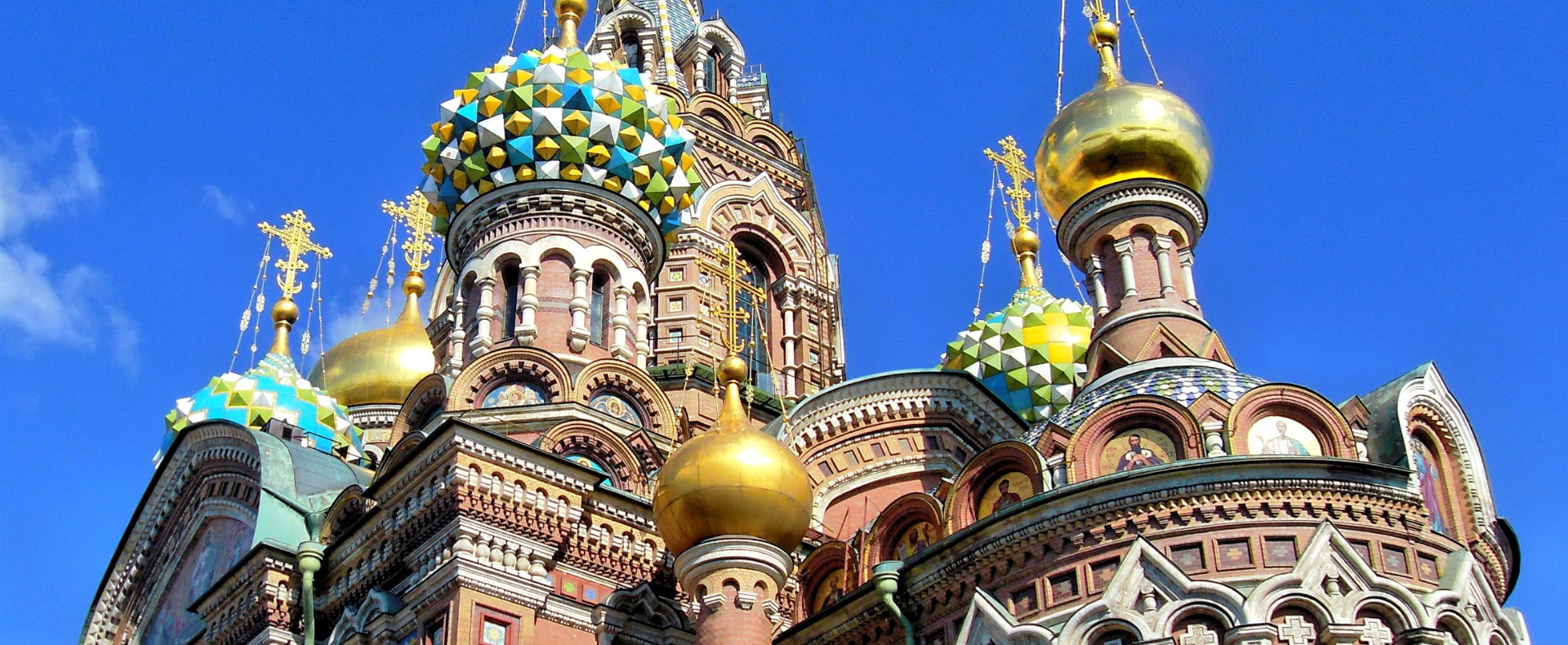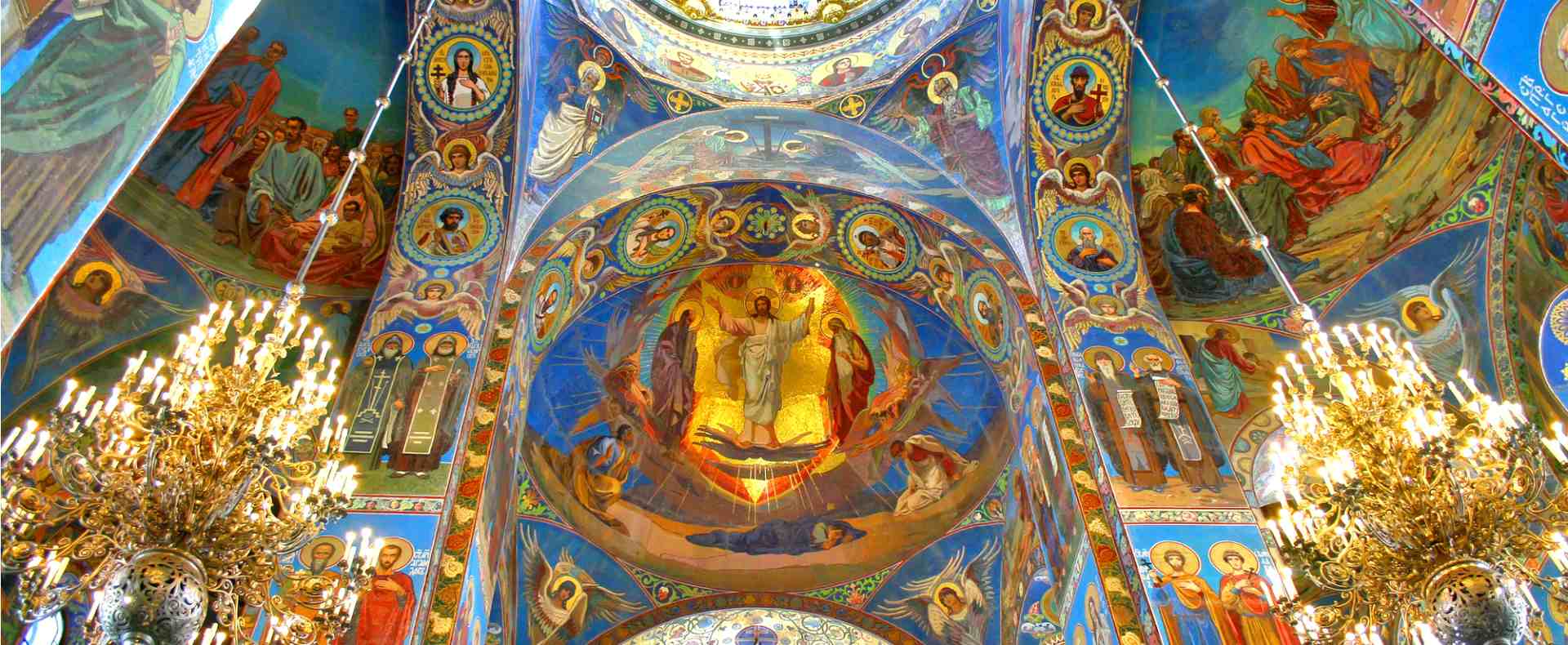Why Visit the Church of the Savior
The Church of the Resurrection, also known as the "Savior on Spilled Blood", was built in memory of Alexander II who was assassinated in 1881. The church stands in the very place where a bomb was thrown into his carriage by a young man who opposed the Tsar's reforms.
Alexander II was among the greatest Russian tsars, one of the main accomplishments of whom was the emancipation of serfs in 1861, which brought an end to the de facto slavery of the Russian peasantry, five years before the emancipation of slaves in the US.
The Cathedral of the Savior on Spilled Blood attracts people with its five onion-domes exuberantly decorated and covered with jeweler's enamel. It has a similar façade to St Basil's Cathedral in Moscow and its peculiar multicolored exterior makes the church stand out from St. Petersburg’s typically strict architectural proportions and color combinations.
It took around 24 years to construct such a majestic edifice as the Church of the Savior on Spilled Blood and, after early Soviet vandalism, 27 years to restore. People would even joke that as soon as the construction trestles outside it were removed, the Soviet Regime would fall.
It may have been a coincidence, but the reconstruction that finished in 1991 was followed by the famous events which put an end to the Communist regime.
The highlight of both the interior and exterior of the Cathedral are its mosaic collection based on the paintings of Vasnetsov, Nesterov, and Vrubel. With a total area of 23130 square feet, it is one of the largest mosaic collections in Europe.




